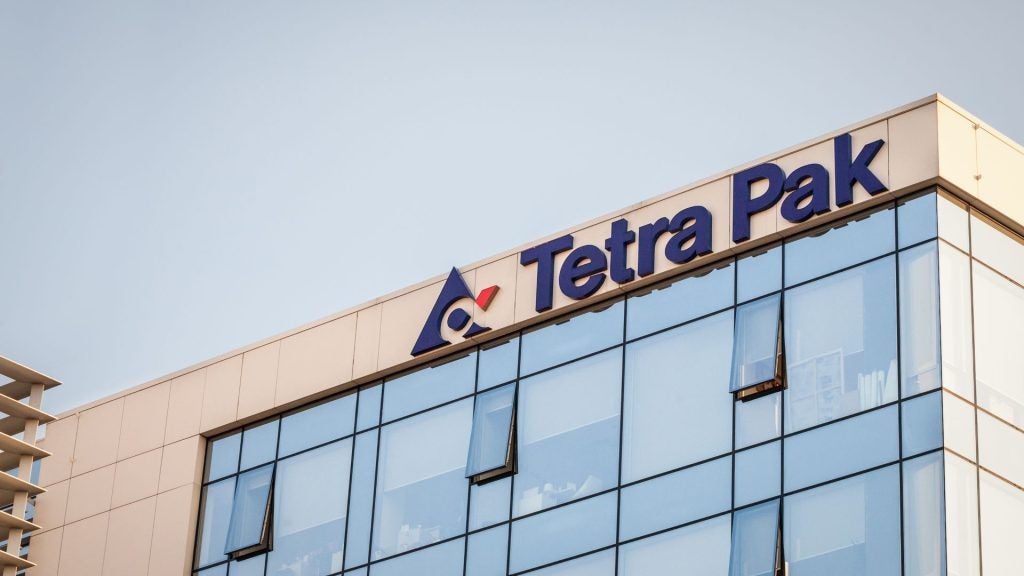Hokuetsu has filed a patent for a filter medium for air filters that has high water repellency, stiffness, and strength. The medium is composed of a wet-laid nonwoven fabric with a glass fiber, a cationic binder resin, a fluororesin, and a cationic surfactant. The solid content mass ratio of the fluororesin to the cationic surfactant is between 30/70 to 80/20. GlobalData’s report on Hokuetsu gives a 360-degree view of the company including its patenting strategy. Buy the report here.
According to GlobalData’s company profile on Hokuetsu, H2 storage carbon nanotubes was a key innovation area identified from patents. Hokuetsu's grant share as of September 2023 was 11%. Grant share is based on the ratio of number of grants to total number of patents.
Filter medium for air filters with high pf value and water repellency
A recently filed patent (Publication Number: US20230278008A1) describes a new filter medium for air filters. The filter medium is composed of a wet-laid nonwoven fabric that includes a glass fiber. It incorporates a cationic binder resin, a fluororesin, and a cationic surfactant. The solid content mass ratio of the fluororesin to the cationic surfactant falls within the range of 30/70 to 80/20.
The patent claims that the fluororesin used in the filter medium can be either nonionic or cationic. Additionally, the filter medium has solid mass contents of the cationic binder resin, the fluororesin, and the cationic surfactant, which together make up 2 to 12% of the entire filter medium.
The wet-laid nonwoven fabric in the filter medium includes various types of glass fibers. These include glass wool fibers with a diameter of 1 to 10 µm, glass wool fibers with a diameter less than 1 µm, and chopped glass fibers with a diameter of 4 to 30 µm.
Furthermore, the filter medium may also contain a binder fiber. The solid mass contents of the binder fiber, the cationic binder resin, the fluororesin, and the cationic surfactant together make up 0% or more and 30% or less of the entire filter medium.
The patent also describes a method for producing the filter medium. The method involves forming a slurry of glass fiber into a wet sheet using a wet papermaking method. The wet sheet is then impregnated with an aqueous dispersion containing the cationic binder resin, the fluororesin, and the cationic surfactant. The solid content mass ratio of the fluororesin to the cationic surfactant in the aqueous dispersion falls within the range of 30/70 to 80/20. Finally, the wet sheet impregnated with the aqueous dispersion is dried to obtain a dry sheet.
This patent introduces a new filter medium for air filters that incorporates a combination of materials, including a cationic binder resin, a fluororesin, and a cationic surfactant. The use of glass fibers and the specific ratios of the materials in the filter medium are claimed to provide improved filtration properties. The described method for producing the filter medium offers a wet papermaking approach, which may have advantages in terms of manufacturing efficiency and cost-effectiveness.
To know more about GlobalData’s detailed insights on Hokuetsu, buy the report here.
Premium Insights
From

The gold standard of business intelligence.
Blending expert knowledge with cutting-edge technology, GlobalData’s unrivalled proprietary data will enable you to decode what’s happening in your market. You can make better informed decisions and gain a future-proof advantage over your competitors.





